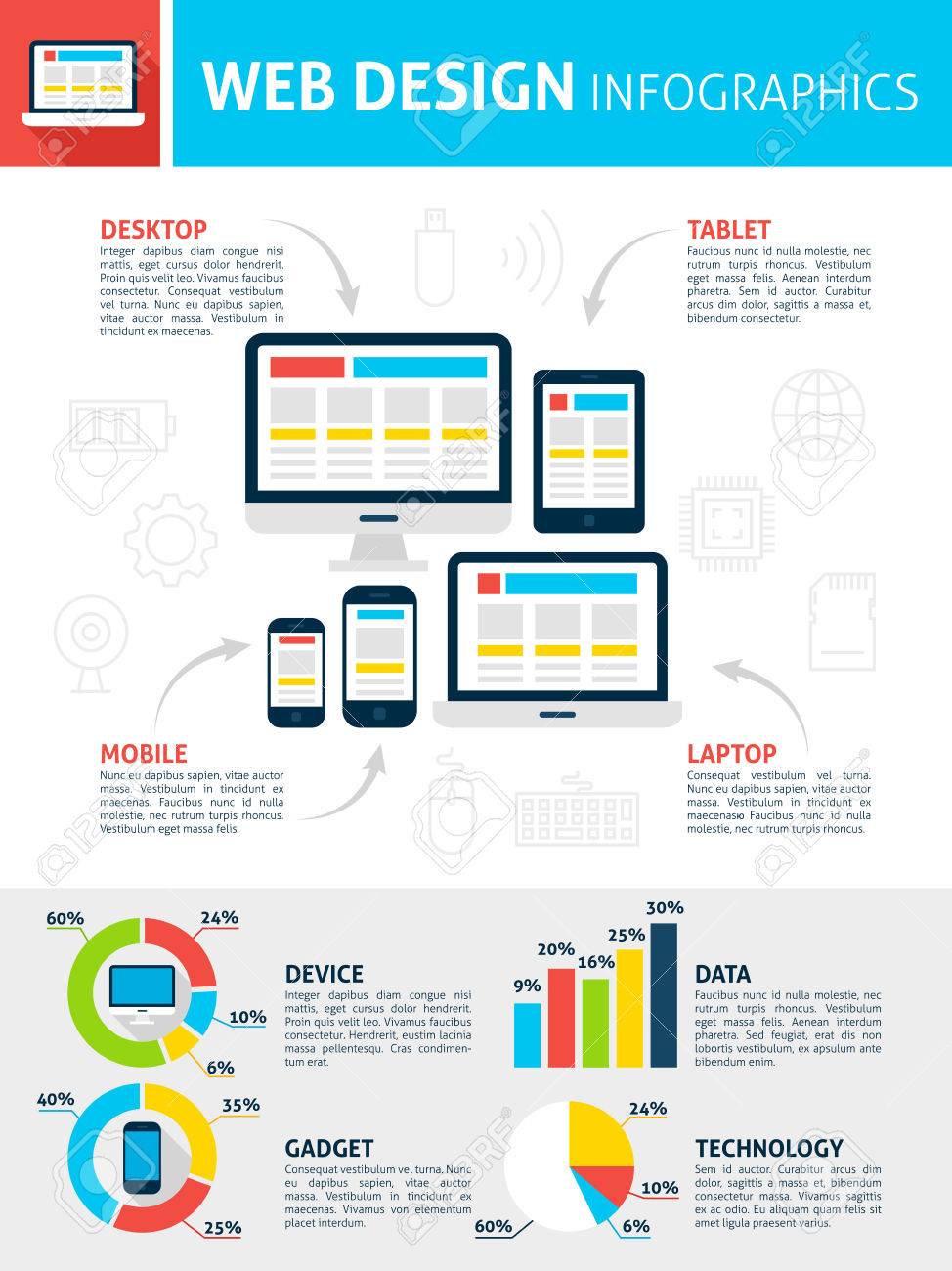Core Concepts Of Website Layout: Guidance For Crafting A User-Friendly Online Presence
Core Concepts Of Website Layout: Guidance For Crafting A User-Friendly Online Presence
Blog Article
Content Author-Scarborough Ehlers
When it concerns site layout, guaranteeing user-friendliness is key. From receptive layout to streamlined navigating, every aspect plays a critical duty in developing a website that caters to your target market's requirements. However what concerning the better details that can make or break an individual's searching experience? Keep tuned as we reveal some often-overlooked pointers that can elevate your site's use to the following degree, making it absolutely stand out in the digital landscape.
Importance of Responsive Style
Responsive style is an important element of modern-day site development. Ensuring your web site is responsive ways that it can adapt to different display sizes and gadgets, offering a seamless experience for users.
With ada web accessibility compliance raising use mobile phones and tablets to access the net, having a receptive style is vital for reaching a wider audience. It helps in enhancing customer experience by making your site very easy to browse and read on any gadget.
Furthermore, receptive style can favorably impact your search engine positions, as search engines like Google prioritize mobile-friendly sites. By having a receptive layout, you're also future-proofing your site, as brand-new gadgets with differing screen dimensions remain to arise.
Simplify Navigation Framework
To boost user experience and promote easy accessibility to info on your web site, enhancing the navigation framework is critical. When making your website, concentrate on creating a clear and instinctive navigation food selection that aids visitors find what they're searching for swiftly.
Limit the variety of food selection products to the essentials, organizing related web pages together to prevent overwhelming customers. Usage descriptive labels that plainly suggest the material of each page, making it simpler for individuals to understand where each link will certainly take them.
Consider carrying out dropdown food selections for subcategories to stop cluttering the main navigation bar. Furthermore, consist of https://www.forbes.com/sites/forbescommunicationscouncil/2021/09/14/whats-the-right-marketing-strategy-for-a-pandemic-and-post-pandemic-world/ on the page for customers who like searching for particular details.
Prioritize mobile responsiveness in your navigating design to ensure very easy gain access to on all devices.
Enhance Page Load Speed
Improving page load speed is crucial for keeping visitors on your web site. Slow-loading web pages irritate individuals and can result in high bounce rates. To enhance web page load speed, start by enhancing pictures. Press photos without compromising quality to minimize their file sizes.
Furthermore, make it possible for browser caching to keep regularly accessed sources in your area, accelerating tons times for returning site visitors. Minify CSS, JavaScript, and HTML data by removing unnecessary characters, comments, and formatting, improving tons rate.
Take into consideration using a content delivery network (CDN) to disperse your website's material throughout numerous servers worldwide, lowering latency for customers accessing your website from various places. Last but not least, limit using third-party manuscripts and plugins, as they can substantially affect lots times.
Conclusion
Finally, by incorporating responsive design, simplifying navigating, and maximizing page load rate, you can produce an user-friendly website that interest a bigger audience and improves individual experience. These essential elements ensure that visitors can easily gain access to and browse your website across various devices, bring about increased involvement and complete satisfaction. By focusing on these vital elements, you can construct an effective site that keeps individuals returning for even more.
